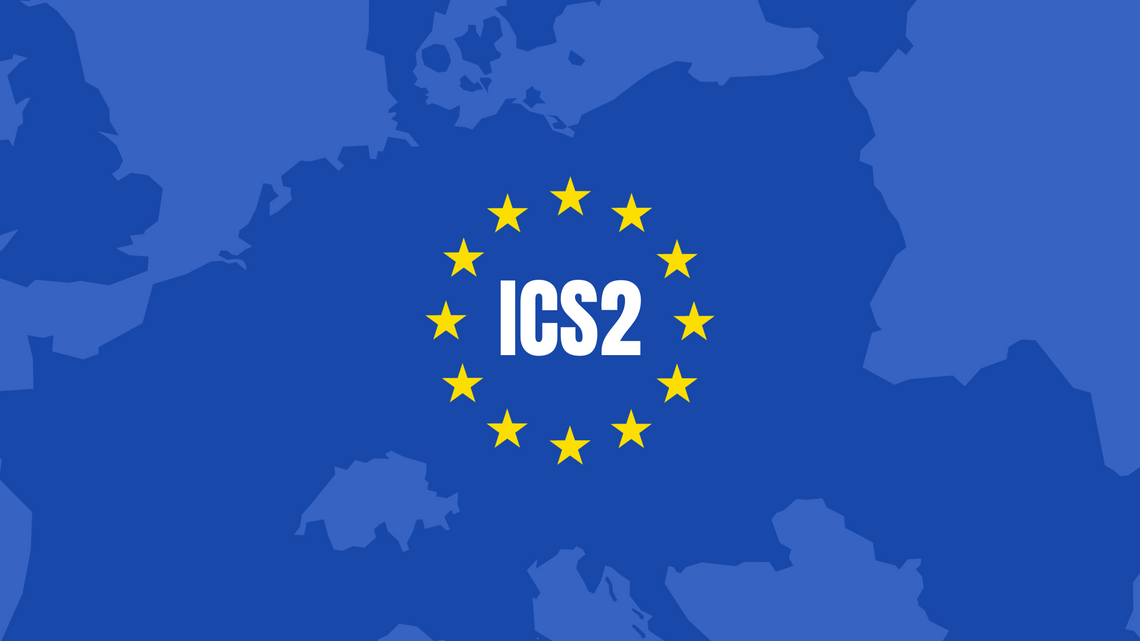
When exporting goods to European Union (EU) countries, one of the key requirements that businesses must understand is the Entry Summary Declaration (ENS). This is a mandatory requirement for all shipments entering EU ports, allowing customs authorities of EU member states to control and ensure the security of goods before they arrive at the port.
With increasingly stringent regulations on security and cargo management, compliance with ENS declaration requirements is crucial. In this article, NQY Service will help you understand the latest regulations related to ENS declarations for goods exported to Europe.
Overview of ENS
ENS (Entry Summary Declaration) is a summary declaration for goods entering the EU, required to be submitted before the cargo arrives at an EU port. This regulation applies to all shipments imported into the EU by sea, allowing customs authorities to verify the legality of goods, assess potential threats, and ensure national security.
Unlike standard customs declarations, ENS focuses on details about the sender, recipient, cargo description, and destination port, enabling preliminary checks before goods reach the port.
New ENS Declaration Regulations
From March 1, 2022, ENS declaration regulations have undergone significant changes, requiring exporting businesses to be well-prepared and submit declarations accurately.
ENS Declaration Timing
Under the new regulations, ENS must be submitted at least 24 hours before the vessel departs from the port of origin, rather than upon arrival at the import port as before. This key change gives EU customs authorities enough time to review and process the information before the cargo arrives.
Required Information for ENS Declaration
Businesses exporting goods to the EU must declare the following details:
- Vessel and voyage information: Ship name, voyage number, and departure port.
- Sender and recipient information: Names and addresses of the shipper and consignee.
- Cargo details: Detailed description, HS code, quantity, and weight of the goods.
- Import port: The designated EU port where the cargo will arrive.
- Transport details: Information about containers and other transportation methods.
Providing an accurate HS code and detailed cargo description is crucial, as customs authorities use this information to assess shipment risks and determine whether additional inspections are needed.
Information Updates
The new regulations also require businesses to update any changes related to the vessel or shipping route. If there are modifications to the route, vessel, or import port, exporters must immediately update the ENS declaration.
ENS Declaration Process
Step 1: Prepare Required Documents and Information
Before submitting the ENS, exporting businesses must gather all necessary details about the vessel, cargo, departure and arrival ports, and sender/recipient information.
Step 2: Submit ENS Declaration
ENS declarations can be made electronically through customs authorities’ systems or via shipping agents. This ensures that the data is transmitted to the customs offices of EU member states for verification.
Step 3: Customs Review and Processing
Once the ENS is submitted, EU customs authorities review and assess the risk level of the cargo. If any irregularities or security concerns arise, the shipment may be subject to further inspection or delay.
Step 4: Update Information (If Necessary)
If any changes occur regarding the vessel, route, or destination port, businesses must promptly update the ENS declaration to maintain compliance.
Penalties for Non-Compliance
Failure to comply with ENS declaration regulations can result in serious penalties, including:
- Fines: Businesses may face fines ranging from several thousand to tens of thousands of euros for late or inaccurate declarations.
- Cargo detention: Inaccurate or delayed ENS submissions may lead to cargo being held at the import port for additional inspection.
- Customs clearance delays: Delayed ENS declarations can result in shipment bottlenecks, financial losses, and disruptions to supply chains.
Conclusion
The ENS declaration is a critical requirement when exporting goods to EU countries. Ensuring timely submission, accurate information, and real-time updates will help businesses avoid risks and unnecessary costs.
NQY Service is ready to assist you in accurate and timely ENS declarations, helping your business seamlessly enter the European market in a safe and efficient manner.
If you have any questions or need assistance with the ENS declaration process, feel free to contact us for professional consultation!
NQY Service – Your Trusted Partner in Global Trade


